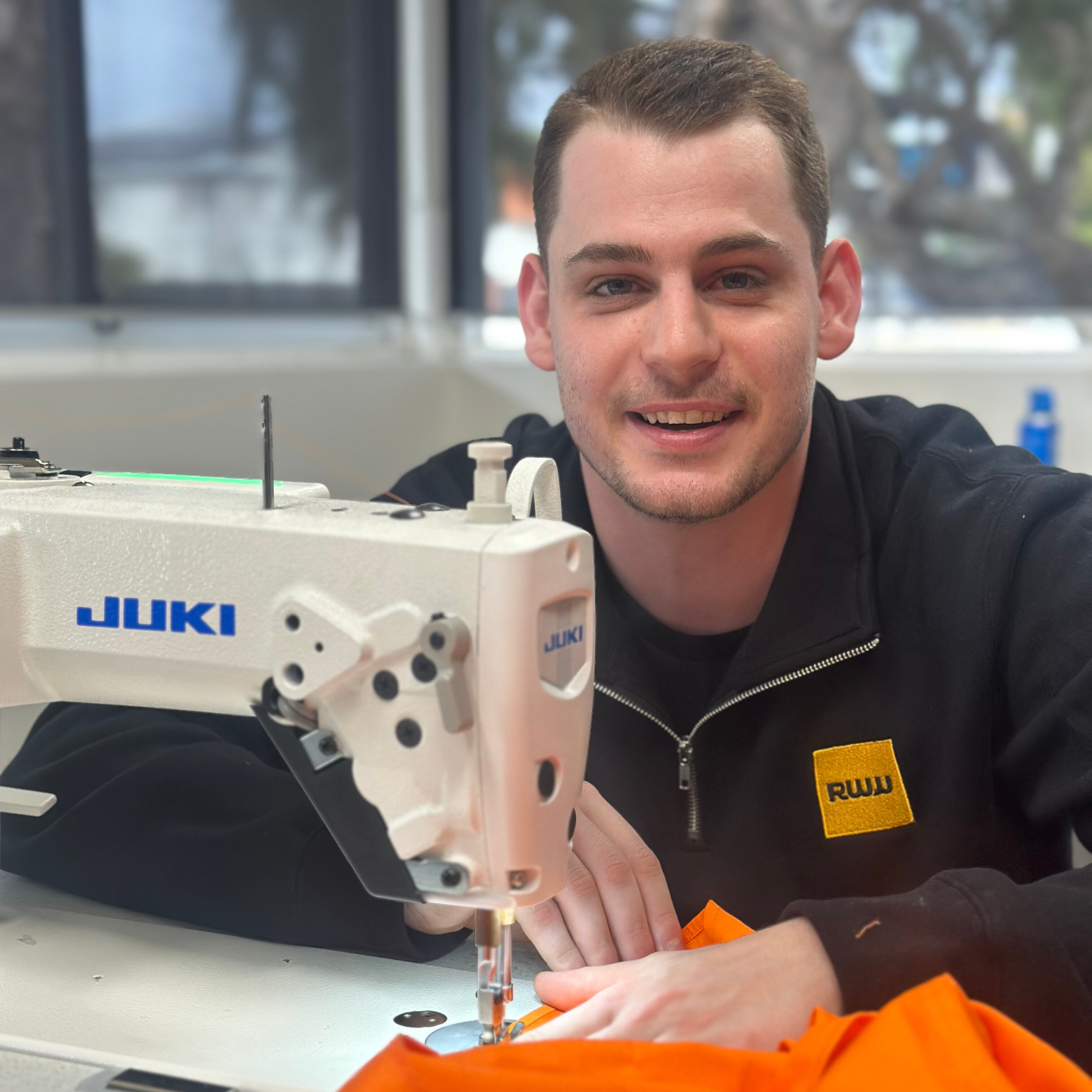NEWS & STORIES
How to Streamline Uniform Procurement Across Multiple Sites
Managing uniforms across multiple locations can be a logistical challenge, leading to inconsistent branding, compliance risks, and excess costs. A streamlined procurement process saves time, reduces expenses, and ensures uniformity. This guide outlines proven strategies that leading businesses use to optimise uniform procurement, management, and distribution with insights on how Marketplace solves these issues effectively.
Centralise Your Procurement Process
Decentralised uniform ordering often results in wasted resources, higher costs, and inconsistent compliance. According to McKinsey & Company (2023), businesses that consolidate procurement operations can reduce supply chain costs by up to 20%.
With Marketplace, businesses can centralise their procurement efforts through a unified digital platform. This enables:
- Standardisation – Ensures all employees wear the correct, compliant uniforms.
- Bulk Purchasing Savings – Reduces per-unit costs through large-scale procurement.
- Improved Compliance – Helps meet Safe Work Australia PPE and workwear standards.
Solution: Partnering with Marketplace streamlines the ordering process and helps businesses manage bulk distribution and multi-site deliveries with ease.
Use an Online Uniform Management Portal
Digital transformation is reshaping procurement. According to Gartner (2024), 75% of supply chain leaders plan to invest in automated procurement systems to improve efficiency.
With Marketplace, an online uniform management portal allows businesses to:
- Automate orders – Employees can order pre-approved uniforms directly, with the portal automatically tracking inventory and replenishment.
- Track inventory in real time – Dataspace offers live updates, helping businesses manage stock levels across multiple sites.
- Manage distribution seamlessly – The platform offers site-specific access for employees and allows for tailored deliveries based on location needs.
Tip: Marketplace's system also enables businesses to customise branding and integrate real-time order status updates, ensuring smoother and more efficient procurement.
Standardise Uniform Policies & Compliance
Lack of clear policies leads to inconsistencies in safety and branding. A uniform policy ensures:
- Safety compliance – PPE meets Safe Work Australia regulations.
- Role-specific workwear – Colour-coded or department-specific clothing.
- Brand consistency – Embroidery, logos, and colours remain uniform across locations.
Optimise Inventory & Logistics
Poor inventory planning leads to delays and stock shortages. Harvard Business Review (2023) suggests that businesses using data-driven forecasting can reduce stockouts by 30%.
Marketplace enhances inventory and logistics management by providing:
- National distribution – Ensures that uniform stock is optimised for each location based on predictive analytics.
- Drop-shipping – By using Dataspace’s cloud-based supply chain integration, businesses can minimise warehousing and reduce shipping costs.
- On-demand supply models – The platform allows businesses to provide uniforms only when needed, based on real-time usage data.
Solution: Dataspace leverages data analytics to predict demand, ensuring businesses can adjust orders and stock levels for optimal efficiency across sites.
Conclusion
Streamlining uniform procurement with centralised ordering, digital management, clear policies, and efficient logistics reduces costs and ensures consistency across multiple sites. Partnering with Dataspace further enhances these processes by offering seamless, data-driven solutions that simplify procurement from ordering to delivery.
Need a tailored uniform procurement solution? Contact RWW Group today to learn how Dataspace can optimise your uniform procurement and distribution process.
References
- McKinsey & Company (2023) – Supply Chain Optimisation Insights
- Gartner (2024) – The Future of Procurement Automation
- Safe Work Australia – Workwear and PPE Compliance
- Australian Industry Group (2023) – Uniform Standardisation & Compliance Report
- Harvard Business Review (2023) – The Role of Data in Supply Chain Efficiency
.svg)





.svg)






